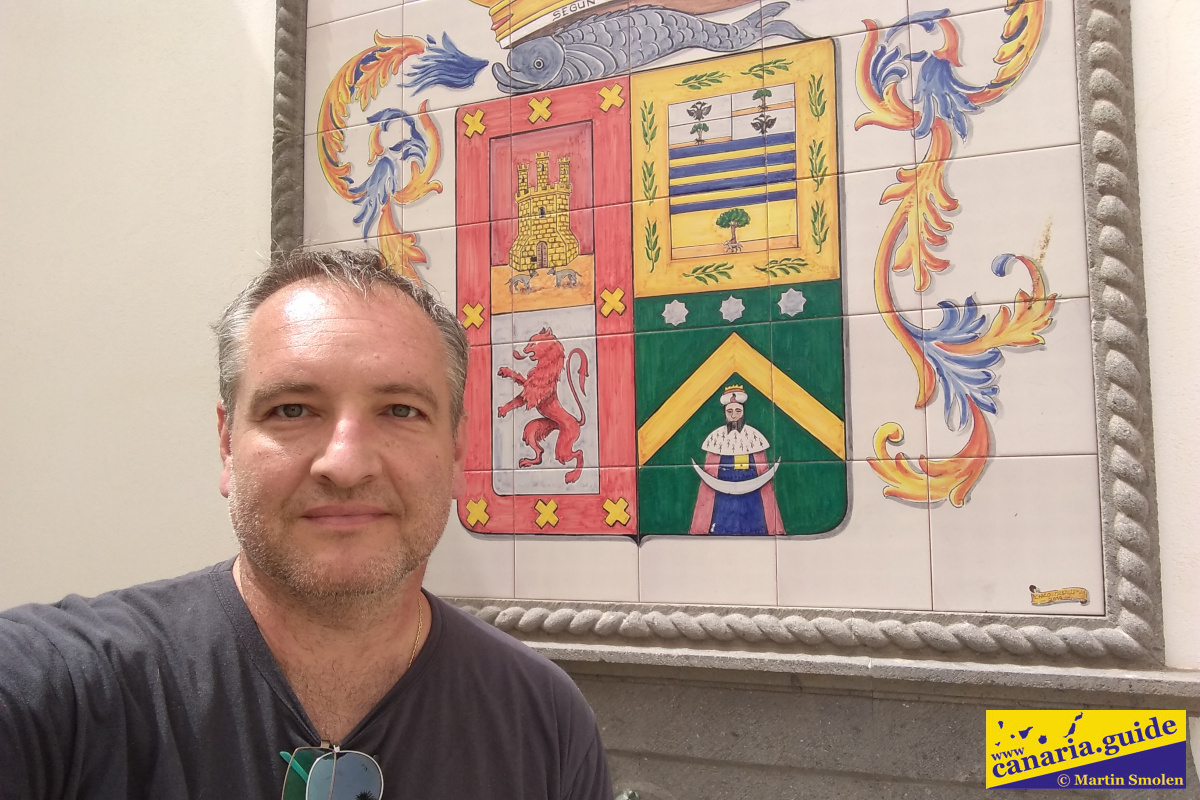The history of the county of de la Vega Grande de Guadalupe began almost 250 years ago. On September 23, 1777, King Carlos III of Spain granted Fernando Bruno Castillo Ruiz de Vergara, Viscount del Castillo, a county title.
1. Count de la Vega Grande de Guadalupe
Don Fernando Bruno del Castillo Ruiz de Vergara was a Knight of the Order of the Calatrava Knights, a Colonel of the Royal Army and the Militia Regiment of Telde, a lifetime member of the Canary Islands Board of Governors, Governor of Las Armas de Gran Canaria. He was the heir to the estates of Mesia, Ruiz de Vergara, Trujillo, Lezcano, Cairasco, Calvo, Zurita and Medina. His wife Dona Luis Antonio de Amoreto-Manrique del Castillo-Olivares owned the Vega Grande estate in the south of Gran Canaria. She came from the Lourdes family Amoretti of Oneglie, which also came from the Marquis de Ossario and Counts de Envie y Amoreto. Fernando Bruno del Castillo also provided the process of secularisation of the Society of Jesus (the Jesuits). He received the title of Count de la Vega Grande de Guadalupe on 23 September 1777 for the services he performed for the Spanish crown.
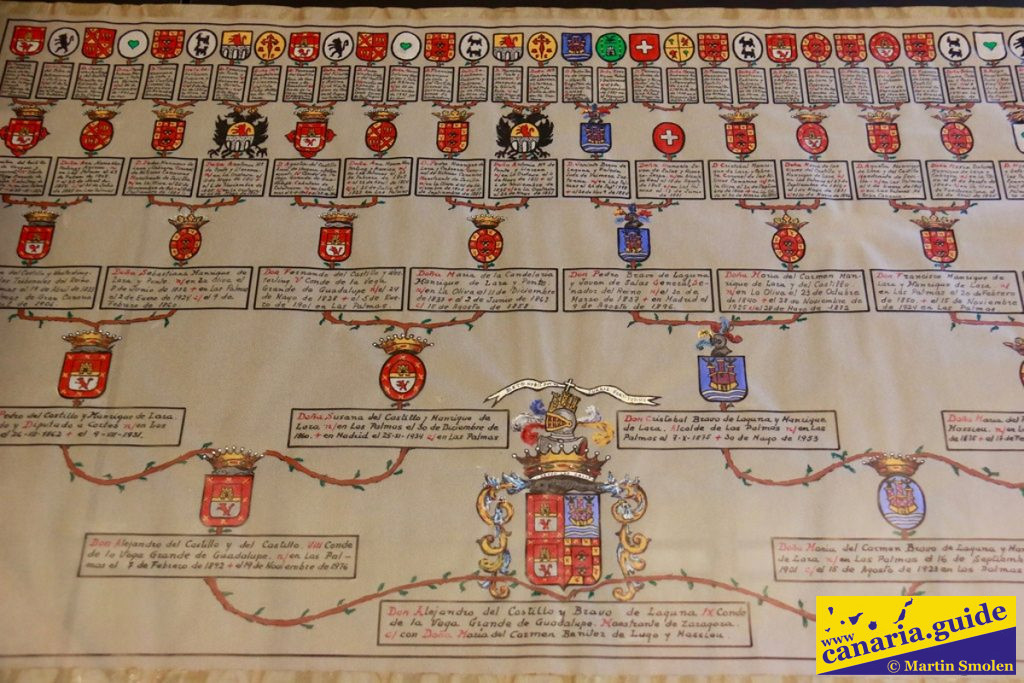
First successors
The title of Count de la Vega Grande de Guadalupe has since been a hereditary title. After the death of Fernando Bruno del Castillo Ruiz de Vergara inherited the title of his son Francisco Javier del Castillo Ruiz de Vergara y Amoreto, II. Count de la Vega Grande de Guadalupe (1749 – 1800). He was a lifelong member of the Gran Canarie Council and Colonel of the Royal Army. Thanks to it, salines – companies for salt production from sea water – were established in the south of Gran Canaria – .
In 1800 he inherited the title of his son, Fernando del Castillo Ruiz de Vergara, Bethencourt y Amoreto, III. Count de la Vega Grande de Guadalupe (1774-1819). He extended his heritage to include a farm in Cabo Verde in the north of Gran Canaria, land on the coast of Lairaga, a farm in San Ignacio in Jinamar and water resources in Palmital de Guía. He gave new impetus to the farming activity of the county family, opened and cleared roads, began work on building settlers‘ dwellings and developed an island trade in the products of his farms.
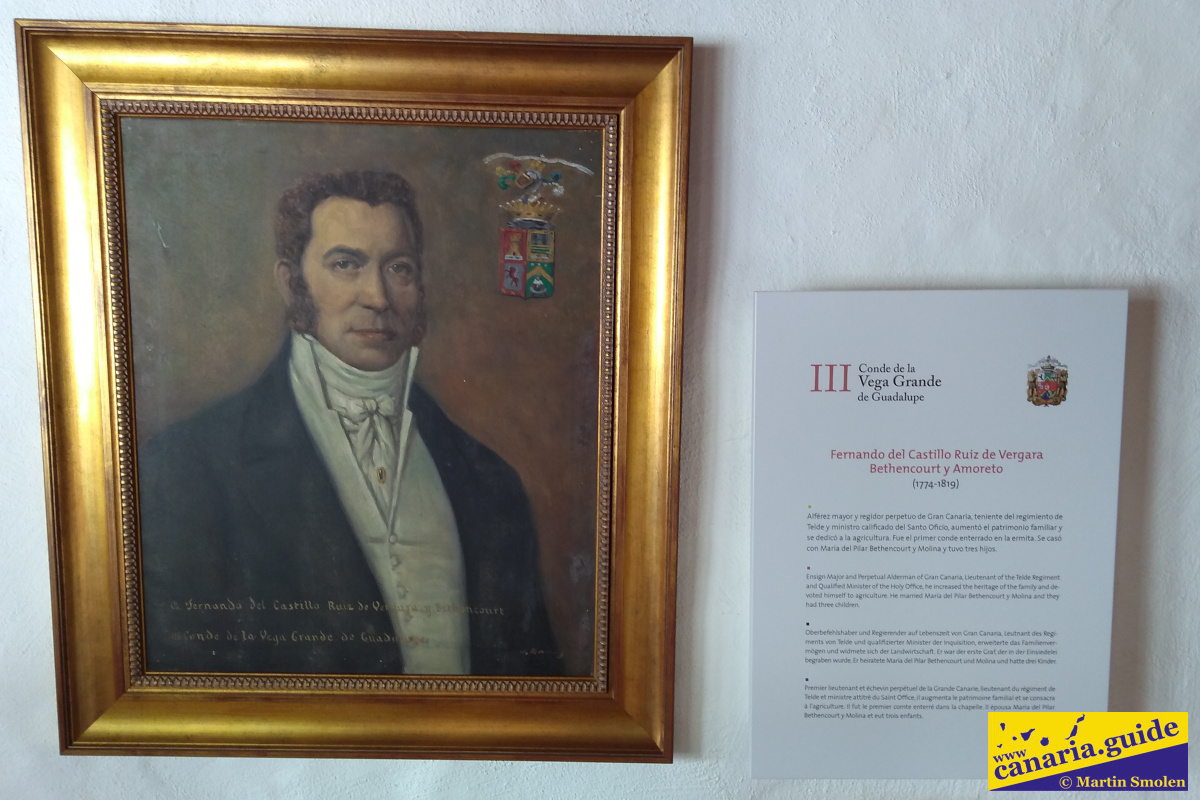
XIX. century
Agustin del Castillo Ruiz de Vergara Bethencourt y Amoreto, IV. Count de la Vega Grande de Guadalupe (1805-1870). He embodied the spirit of the new era. He was a senator and leader of the Canary Party (Partido Canario). From his travels in Europe, he brought the latest knowledge not only in industry. It is known for its support for the economy, especially for the innovations of mills. He also studied canary mineral waters. He introduced the cultivation of sorghum on the island. It is also behind the first attempts to grow tobacco and weave silk.
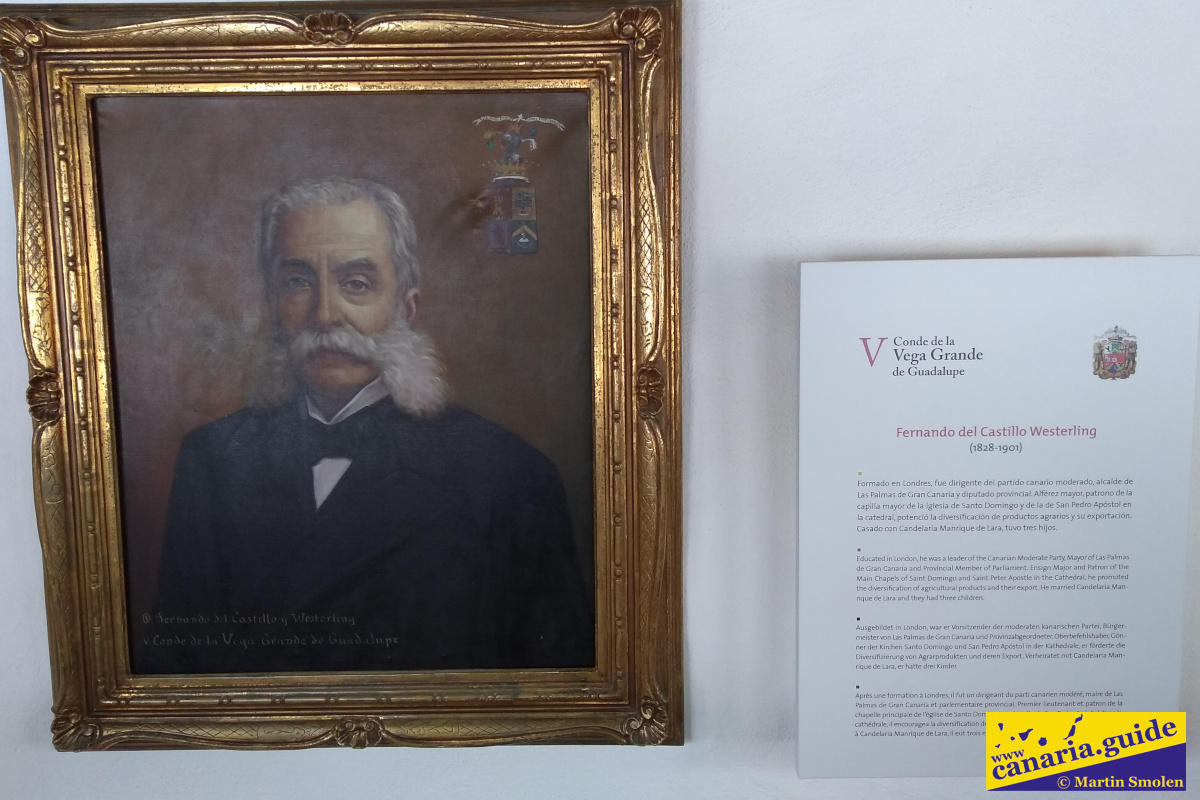
Fernando del Castillo Westerling, V. Count de la Vega Grande de Guadalupe (1828 – 1901) successfully continued his father’s politics. The excellent education he gained in Victorian London has successfully capitalized on crop cultivation innovations while preserving traditional farms. It expanded tomato cultivation and created new opportunities for irrigation of fields in the southern regions of the island. He used the ownership of all flowing waters in the gorges of Fataga, Machogorrón and Ortigones with the lakes. He bought confiscated land from the state adjacent to his plots and added several land inherited by his siblings. He made significant improvements to the farms, modified most of the roads and paved the streets. By developing its farms, it has contributed to a huge increase in exports of potatoes, bananas and tomatoes, as well as other products. He founded industrial wine production.
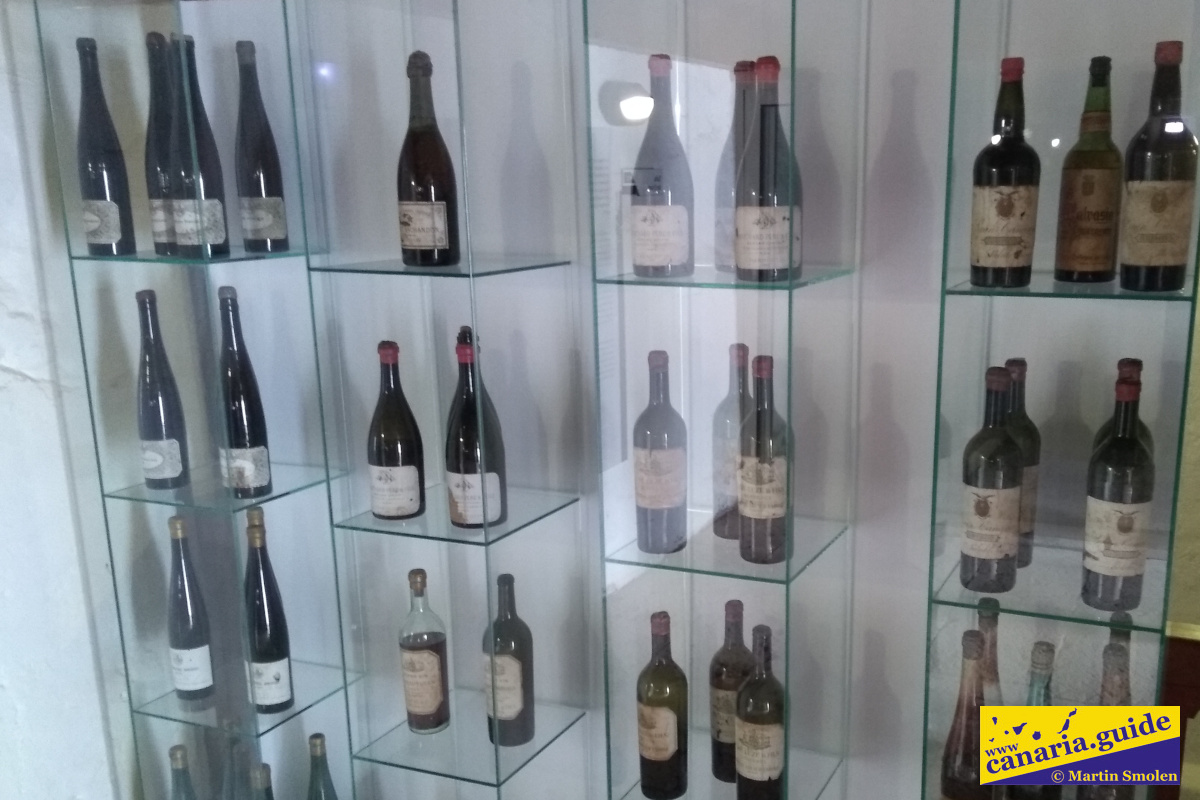
XX century
Ana Fernanda del Castillo Manrique de Lara, VI. Count de la Vega The Grande de Guadalupe (1859-1936) was only the administrator of the property acquired in heritage. She married her cousin Fernando Bruno del Castillo y Manrique de Lara. Later, together with their son, they managed the property so thoroughly that they significantly increased the production of agricultural crops and expanded the export of their products.
Fernando del Castillo y del Castillo, VII. Count de la Vega Grande de Guadalupe (1891 – 1951) was president of the Island Association (predecessor of the island government). He was also President of the Spanish Red Cross. This well-known philanthropist has contributed to a number of public projects, mainly concerning the San Cristóbal district. He contributed to the development of roads linking the north of the island with the southern areas and also to improve water supply.
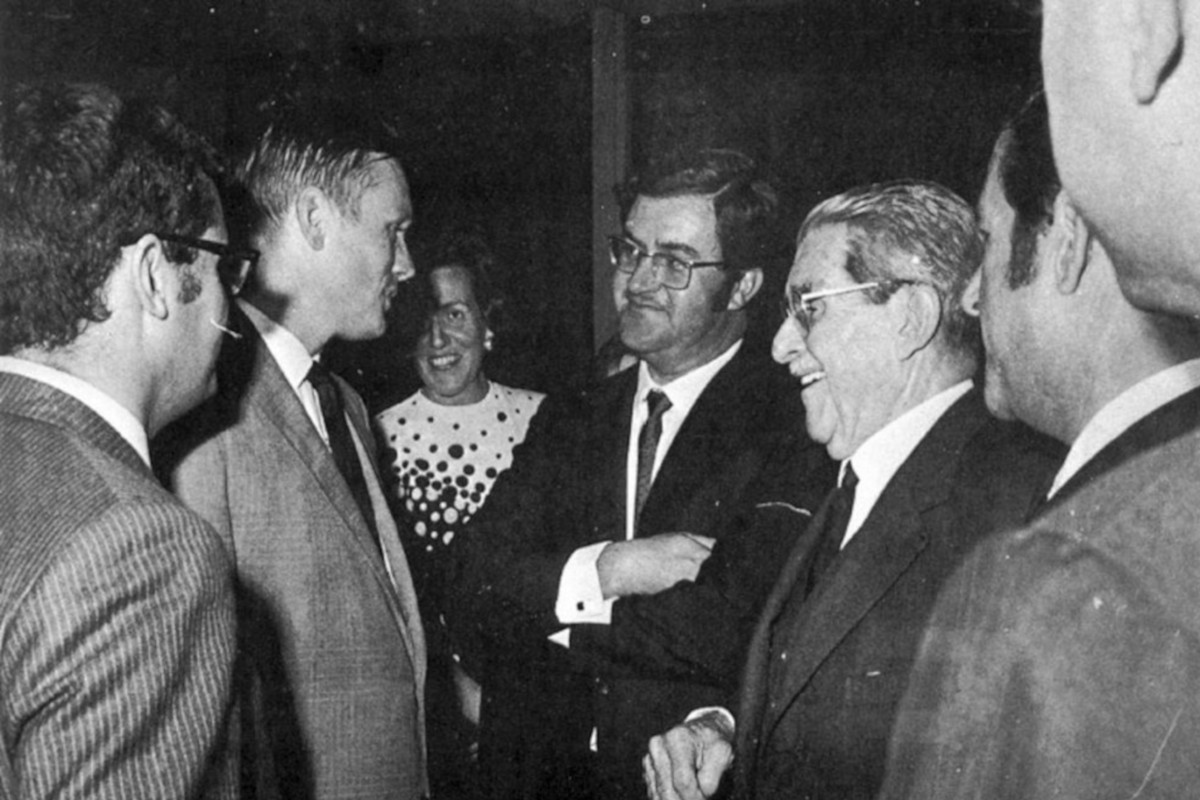
Since Fernando died childless, the title was inherited by his brother, Alejandro del Castillo y del Castillo, VIII. Count de la Vega Grande de Guadalupe (1892-1976). He was the mayor of Las Palmas de Gran Canaria. During this period he was responsible for the massive construction of public housing in Ciudad Alta and Escaleritas. He was also President of the Port Authority, President of the Spanish Red Cross. For his work he was awarded the Grand Cross for Civil Merit. In terms of personal property, he considered it appropriate to diversify family businesses also towards tourism, which proved to be a very prudent step. At his own expense, he introduced high scholarships for students from the Canary Islands. He is one of the most prominent social figures in the history of the Canary Islands.
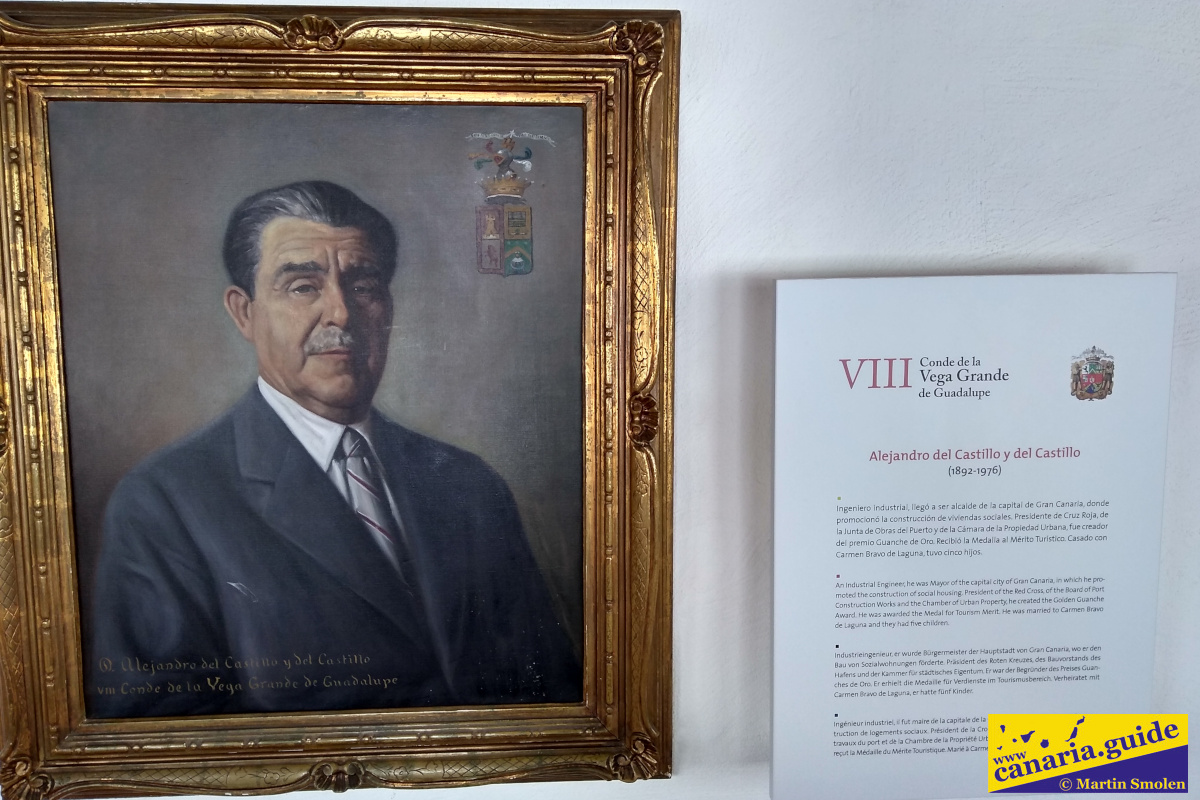
Present
Alejandro del Castillo y Bravo de Laguna, IX. Count de la Vega The Grande de Guadalupe (1928-) took the estate on the basis of the Royal Decree of Succession of 27 August 1977. He is President of Maspalomas Costa Canaria, Comasa, Bahsa, Adviser to Cementos Especiales de Arguineguin, Chairman of Friends of the Canary Opera, President of the Gran Canaria Aeroclub, President of the Canary Institute of Historical Studies Rey Fernando Guanarteme. The Ninth Count is behind most of the projects we know today in the south of Gran Canaria.
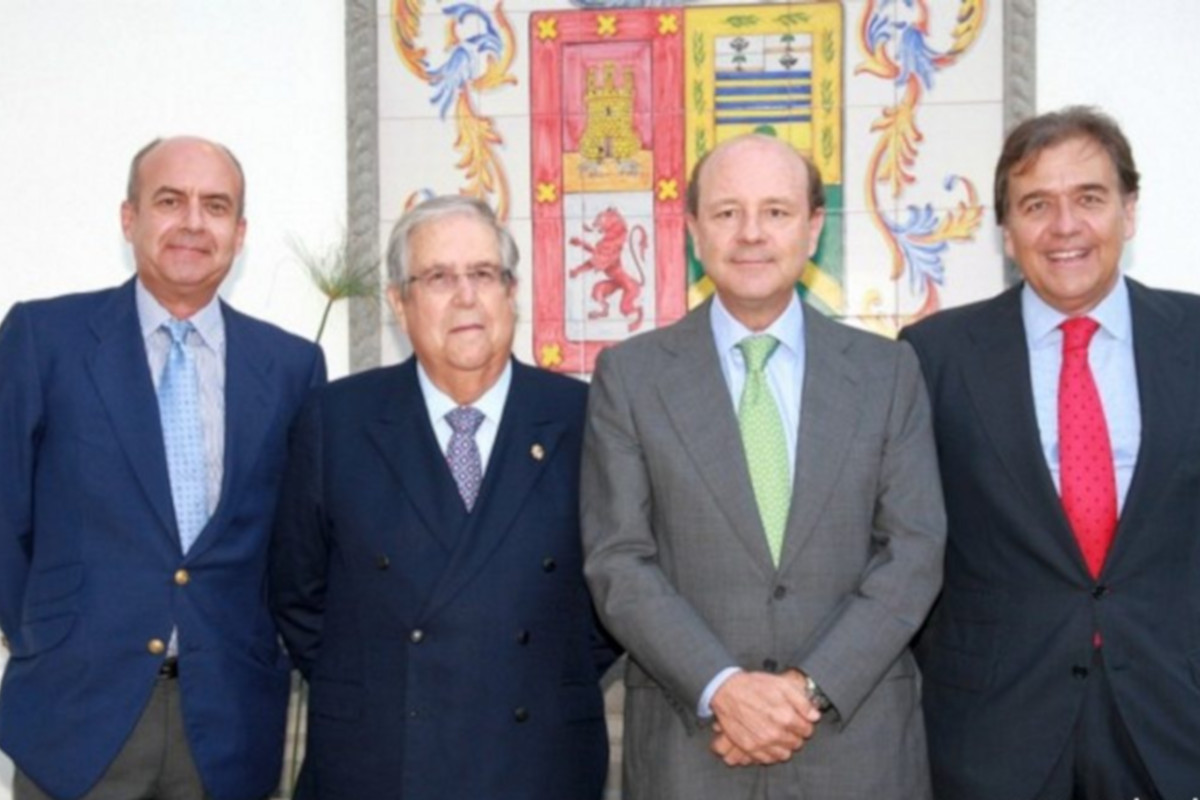
Most of the work for his father is already taken over by his son, Alejandro del Castillo y Benitez de Lugo, who will be the tenth count de la Vega Grande de Guadalupe.
Finca Condal
Finca Condal Vega Grande is a historic property located on the east coast of Gran Canarie in Juan Grande. This architecturally interesting complex, covering an area of more than 20,000 m2, combines a church, residential buildings, a garden, a square and a courtyard in precious harmony. The main parts of the complex include the Church of Nuestra Señora de Guadalupe, the Plaza de Nuestra Señora de Guadalupe, a manor house, a wine cellar, a tasting hall, a banquet hall, an olive garden and a palm garden.
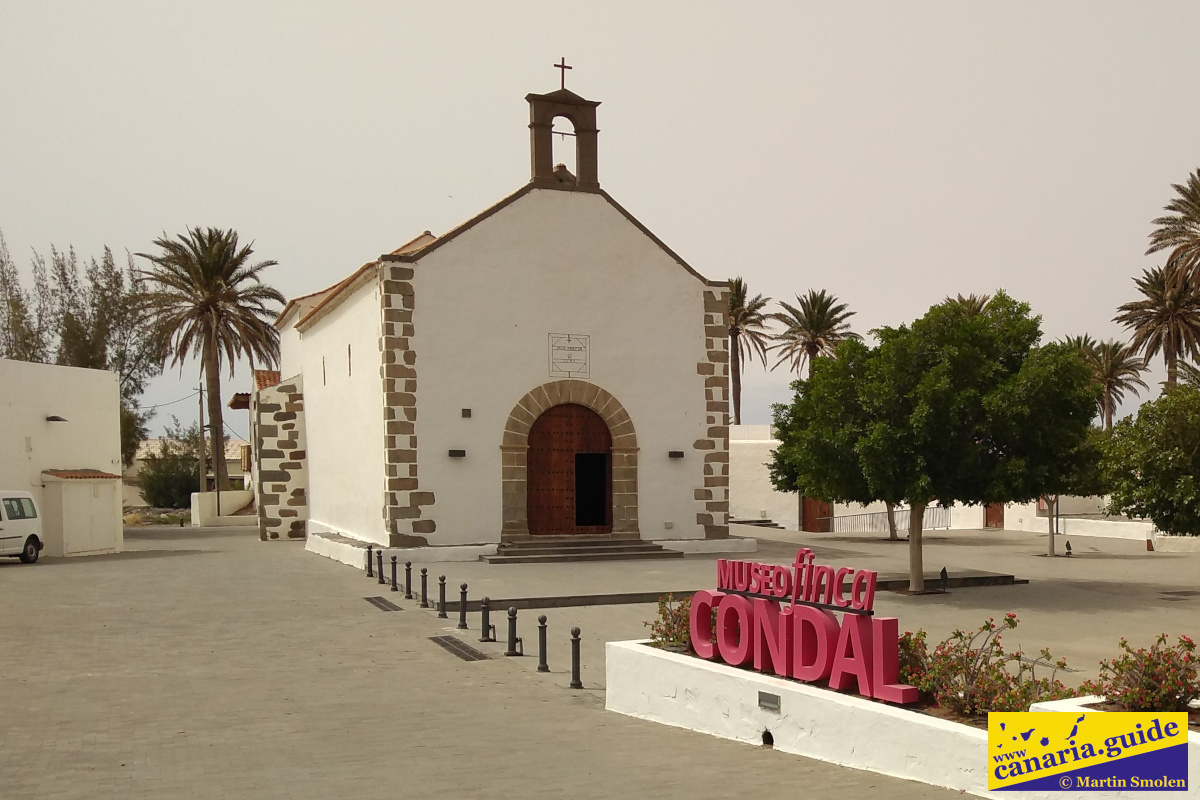
A museum mapping the life of the Vega Grande de Guadalupe is built within the estate. In addition to paintings with portraits of all the counts, the interior also features a historical exposition representing life on the farm. Much of the museum is devoted to the impact of the genus on the island and its merits in the development of Gran Canaria.
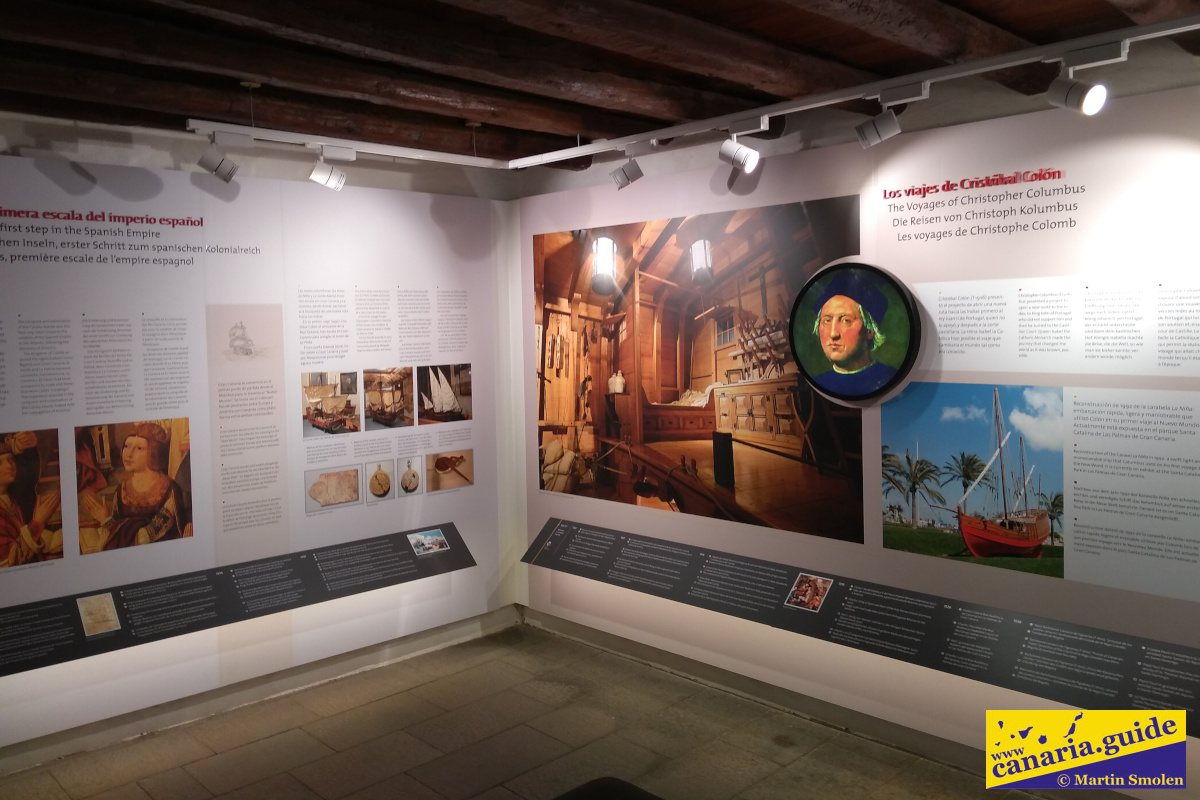
Unlabeled photos come from the family archive. Author’s photos were taken during a personal visit to the farm.
Did you like this article, was it useful to you? You can also support the creation of this website by sending any amount to ES08 0049 5735 1122 1616 5370, swift BSCHESMM. Include „Canaria Guide Support“ in the note. Thank you for supporting.
